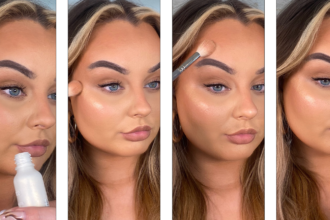Starting therapy can be a big step, and choosing the right counseling method makes all the difference. You want to feel understood, supported, and most importantly, on the right path to healing. But with so many therapy types available, how do you know which one fits your needs? The good news is, there’s no one-size-fits-all solution. The right choice depends on your personality, goals, and your current emotional state.
A Clear Look at DBT and CBT Techniques
Before you choose, it’s helpful to understand the basics of DBT vs CBT. These two therapy styles are among the most widely used today, and both have solid research behind them. CBT (Cognitive Behavioral Therapy) focuses on changing negative thought patterns, while DBT (Dialectical Behavior Therapy) is designed to help manage intense emotions and improve relationships.
Both are structured, goal-focused therapies. But while CBT works well for anxiety, depression, and phobias, DBT is often better for people struggling with emotional regulation, self-harm, or unstable moods. Knowing the difference helps narrow your options and get the support that truly works for you.
Think About What You’re Struggling With
Your challenges can guide you toward the right approach. If you’re dealing with anxiety, overthinking, or unhelpful thoughts that affect your behavior, CBT might be the right pick. On the other hand, if your emotions feel overwhelming or you react strongly in stressful situations, DBT could be a better match.
The great thing about both therapies is that they teach practical tools. These are skills you can use daily, not just during sessions. Consider how you want therapy to help you, then match that with a method that targets those areas.
Consider How You Learn Best
Everyone learns differently, and therapy is no exception. Some people respond best to structured sessions and regular homework assignments; CBT offers that. Others need emotional validation, role-playing, and step-by-step strategies to manage real-time stress, which is something DBT excels at.
DBT often includes group therapy, mindfulness exercises, and coaching between sessions. If that appeals to you, it could make the whole process feel more connected. Reflecting on your learning style helps ensure that therapy doesn’t just feel helpful; it sticks.
Don’t Forget the Role of the Therapist
Therapy success doesn’t depend on the method alone; it’s also about the relationship with your therapist. Someone trained in both CBT and DBT might blend strategies tailored to your needs, offering greater flexibility. This is helpful if you’re not sure what will work best or if your needs change over time.
Ask questions before starting. Many therapists are happy to explain how they work and which method they recommend for you. The best fit is someone who not only uses the right tools but also makes you feel comfortable and heard.
Try, Adjust, and Be Open
The truth is, your first choice might not be the perfect one, and that’s okay. Therapy is a journey, and part of it is figuring out what works as you go. You might start with CBT and realize you need more support with emotional regulation. Or you might explore DBT and shift toward CBT once your emotions feel more manageable.
Being open to change helps you make the most of therapy. And remember, many people benefit from a mix of both styles. Therapists often blend elements of DBT vs CBT to offer a more tailored experience.
Taking the first step toward therapy already shows courage. What matters most is finding a method that fits your life and helps you feel better. Choosing a counseling style that fits your needs can lead to real, lasting growth. Healing doesn’t come in one form; it’s about what works for you.














